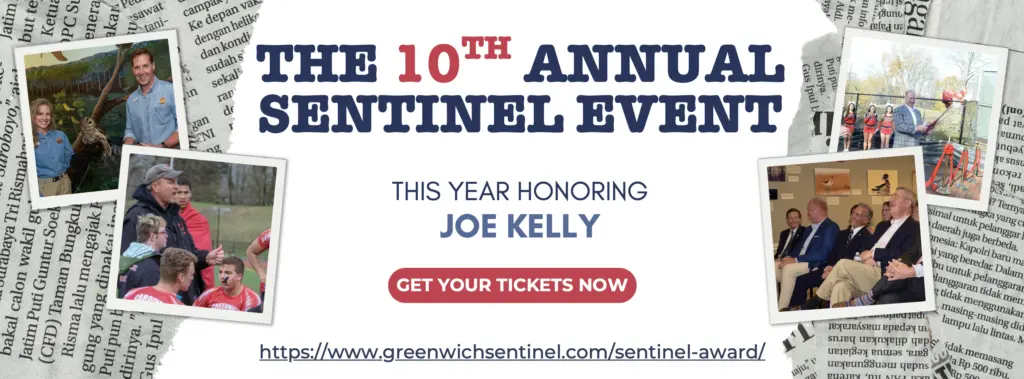By Jim Knox
From partridges to penguins, there are many animals associated with Christmas, yet one consistently flies to the top of the list. In fact, this animal and Christmas are virtually inseparable—forever linked in verse and lore. Providing the “horsepower” pulling Santa’s sleigh around the world each Christmas Eve, this animal has achieved unquestioned job security, as well as a place in our hearts for bringing the holiday with it on its travels.
The Reindeer, Rangifer tarandus, is both an actual living creature and a legendary beast representing all the magic of Christmas and the holiday season. Its mythic qualities such as flight, worldwide endurance, and uncanny navigational ability, are well known—so no need to go into the technical details here.
It is the other beast, the actual member of the deer family, that possesses nearly equally astounding qualities that impress even the most field hardened biologists. Known worldwide as Reindeer, and as Caribou in North America, these creatures represent a superbly adapted super species comprising roughly 10 subspecies (taxonomists are hotly debating this one). Although we have minor tweaks to this finely-tuned design, the basic form and function across this super species is among nature’s finest.
With a very un-deer-like barrel shaped body and short legs, the Reindeer’s form departs from the norm. It is this high mass to low surface area ratio that conserves vital heat in the planet’s most forbidding cold. Yet its adaptations for subpolar survival don’t end there. From head to hoof, the Reindeer is a marvel built for survival. Unlike nearly all members of the deer tribe, they possess a broad hair-covered nose which ensures no skin is exposed to frostbite inducing wind. In fact, the nose is so well protected, the hairs extend deep inside the deer’s nostrils ensuring the searing cold can be baffled and filtered before it reaches the animal’s lungs.
The Reindeer’s eyes alone encompass a suite of amazing adaptations. With horizontal pupils, the Reindeer focuses on the horizon where both food and predators are found. They are among an elite class of mammals known to possess ultraviolet vision. With elevated levels of ultraviolet light in the polar and subpolar regions due to the reflection of snow and ice, this is an invaluable trait. This enables them to detect life-sustaining lichens which absorb ultraviolet wavelengths of light. Similarly, they can detect the light spectrum signature of their main predator, the wolf, as wolf fur also absorbs ultraviolet light. Even more significantly, the Reindeer remains the only known mammal to possess eyes which change color seasonally—from an amber color in summer to blue in winter. This reduces the amount of light reflected back out of the eye which confers sharp vision even in the near dark conditions of the long Arctic winter.
While the Arctic is snow and ice bound throughout most of the year, the brief Arctic summer results in massive thawing. With migrations that may take the Reindeer herds hundreds of miles, long water crossings are inevitable, and the Reindeer’s hollow hairs act as a life preserver, buoying their bulky bodies while their oversized paddle-like hooves drive them through the water at more than six miles per hour—faster than an Olympic swimmer’s 4.7 miles per hour! These same hollow hairs trap body heat and insulate the Reindeer so well, snow will not melt on its body. This in turn provides an additional layer of insulation.
The Reindeer’s unique antler configuration features a palmate “shovel” on the brow of one antler. This enables the animal to scrape snow away from lichens once its keen nose has detected their presence as much as two feet below the snow’s surface! Used in conjunction with the antler, the Reindeer uses its broad hooves to paw away ice to get to its food. This is achieved by the seasonal growth of the hooves which develop a prominent sharp outer edge in winter (which aid in traction) and a contracting center to protect the sensitive base of the hoof from sharp ice.
While these physical adaptations are extraordinary, it is the behavioral Reindeer which is an even more impressive beast. The Reindeer’s hardiness and resilience are legendary. Having worked with these creatures in conditions down to zero degrees Fahrenheit, I can assure you they are extremely comfortable in the cold. In fact, they thrive in much colder conditions—possessing the highest temperature range tolerance of any known mammal. Withstanding temperatures from 65 below to 115 degrees Fahrenheit (there are captive herds in South Texas), these beasts can endure a temperature swing of nearly two hundred degrees!
Reindeer utilize the collective eyes, ears, and noses of the vast herd to detect danger and locate scarce resources on their long migrations. Though they can run at a startling 50 miles per hour—virtually flying along the ground, they conserve their energy and focus on the next step of their journey. In fact, the famous clicking of their hooves is an actual phenomenon. The tendons riding over the sesamoid bones in their feet produce a distinctive clicking sound which enables the herd to maintain forward progress and stick together during even whiteout blizzard conditions!
In the Reindeer we have a golden opportunity to incorporate some wild wisdom into our lives. Working together—and sticking together as a team—especially during tough times, will see us through. Adjusting our vision to changing conditions, thereby detecting essential changes in our world will serve us well. Utilizing the collective strength of the group to advance the interest of all ensures everyone has something to contribute and can likewise benefit. Conserving our energy for those moments when it is needed most will enable us to conquer unforeseen challenges that lie ahead. As a survivor of the planet’s most forbidding realm the Reindeer teaches us that by utilizing our unique abilities and working together, our dreams can take flight!
Jim Knox serves as the Curator of Education for Connecticut’s Beardsley Zoo and as a Science Adviser for The Bruce Museum. A Member of The Explorers Club, Jim enjoys sharing his passion for the world’s wildlife with audiences in Connecticut and beyond.






